Name Anastas Jovanovic Role Photographer | Children Konstantin Jovanovic | |
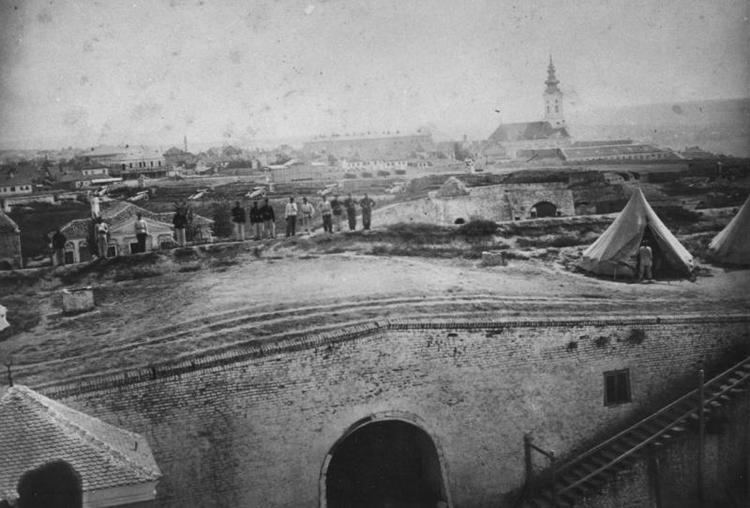 | ||
Born Missing required parameter 1=month! 1817 ( 1817-Missing required parameter 1=month!-00 ) Education Academy of Fine Arts Vienna | ||
13 04 ANASTAS JOVANOVIĆ, UMETNOST I NOVI MEDIJI, GM
Anastasije "Anastas" Jovanović (1817 – 1 November 1899) was the first Serbian photographer of his time to treat photography as an art form and to capture on film historical events as they were happening. He was the author of the first photographic pantheon of the most significant events and people of his time. He died in 1899 in his Belgrade home.

Jovanović, was born in Vratsa, an important administrative and garrison city under Ottoman rule in 1817. He came to live in Belgrade where his artistic talents were recognized early on. His mentor, Miloš Obrenović I, Prince of Serbia, sent Jovanovic, at the expense of the government, to Vienna in 1837 to study painting, graphics, and lithography at the Vienna Academy under the direction of Gselhofer (art) and Johann Stadler (graphics and lithography). While at the academy he became interested in the invention of Louis Daguerre. He was also among the first photographers to capitalize on this new invention, which was capable of capturing a "truthful likeness" of anyone and anything. Jovanović, of course, became among the first photographers to open a Daguerrotype studio while still in Vienna. When he returned home in 1850, he was also among the first to make portraits using the new daguerreotype method. (The first Serbian photographer, however, to use the daguerrotype was Dimitrije Novakovic, according to documents in the Historical Museum of Serbia).
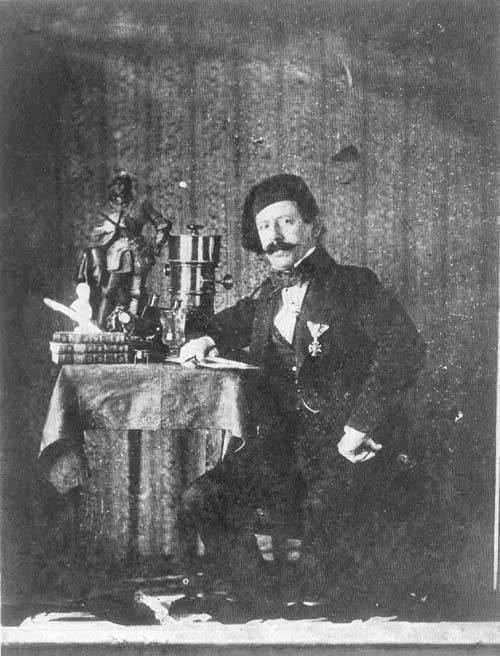
After graduating from the academy, Jovanović was named personal photographer to Prince Mihailo Obrenović (the son of Miloš Obrenović I, Prince of Serbia) as well as the Chief of Prince Mihailo's cabinet.
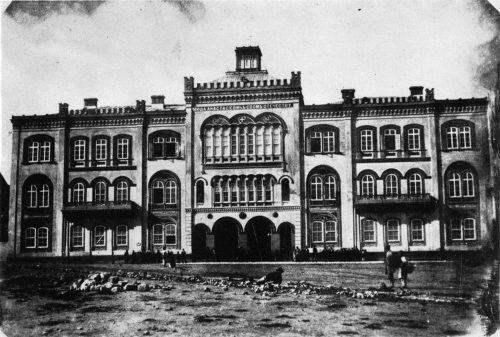
From the very beginning, Jovanović's ambition was to create a collection of paintings and lithographs of Belgrade. He first painted and lithographed, and then when the new invention came along, photographed its historic buildings, its fortresses, garrisons, statues, shops and streets, and almost every notable Serb of his day.
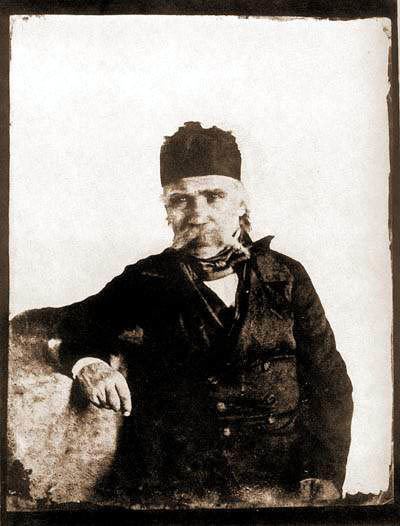
His technique was advanced for its time, and his figures were obviously posed, but the directness and sensitivity of his work demonstrates without a doubt that he immediately recognized the new medium—photography—as an art form. He sold some of his work to Vienna museums, private collectors, and some early photographs to painters for reference. Many of his pictures were printed in Serbian magazines and newspapers.
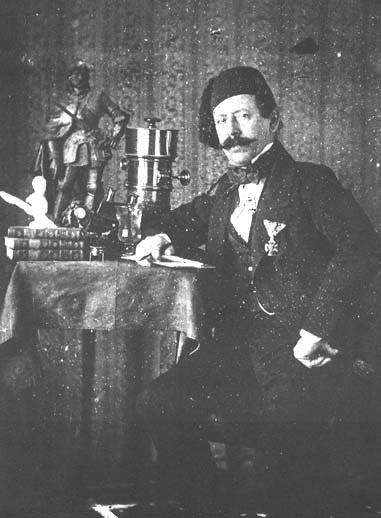
Jovanović's importance was recognized almost immediately by the Serbian government. Exhibitions of his work were first seen in Serbia in 1850, and had a strong influence on the style of young Serbian photographers. Some 892 of his photographs form part of the permanent collection of the Historical Museum of Serbia in Belgrade. His most important portrait studies are: Petar II Petrović-Njegoš; Mihailo Obrenović III, Prince of Serbia; Vuk Stefanović Karadžić; Branko Radičević; Toma Vučić-Perišić; and others. His lithographs of Serbian men of letters (Dositej Obradović) and military leaders (Hajduk Veljko Petrović and Stevan Šupljikac) are equally important from the historical perspective.
The portrait tradition of Anastas Jovanović was continued by Milan Jovanović, (no relation) who died during World War II.
Anastas's son Konstantin Jovanović (1849–1923) was a prominent architect.
